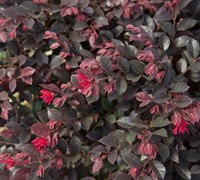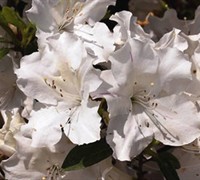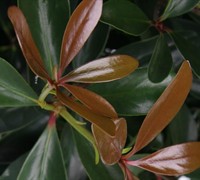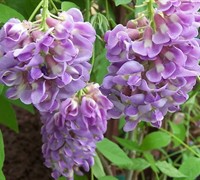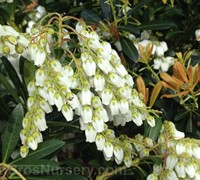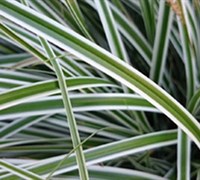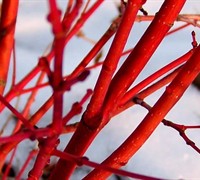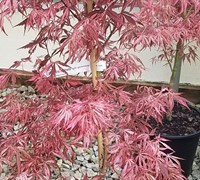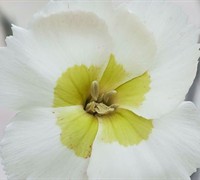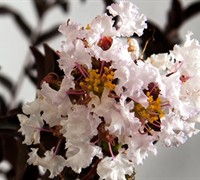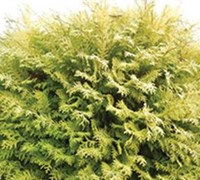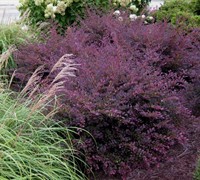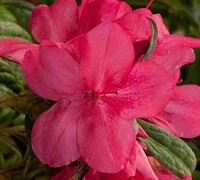Crape Myrtle Care
Crape Myrtle Care
Crape myrtles belong to the Lagerstroemia genus and there are about 50 different species of these easy-to-care-for shrubs. Crape myrtles are known best for their colorful and long-lasting summer blooms. Two hundred years of cultivation has resulted in lots of varieties to choose from to meet your landscaping needs. Most popular crape myrtle varieties, such as the Muskogee, grow at least 25-30 feet tall, so plan to plant them in spacious areas in your yard. If you want a more compact, lower-growing crape myrtle, go for a variety like the Pocomoke Dwarf Crape Myrtle which only grows 1-2 foot tall. Choosing the right crape myrtle for your landscape will add beauty to your yard year round.
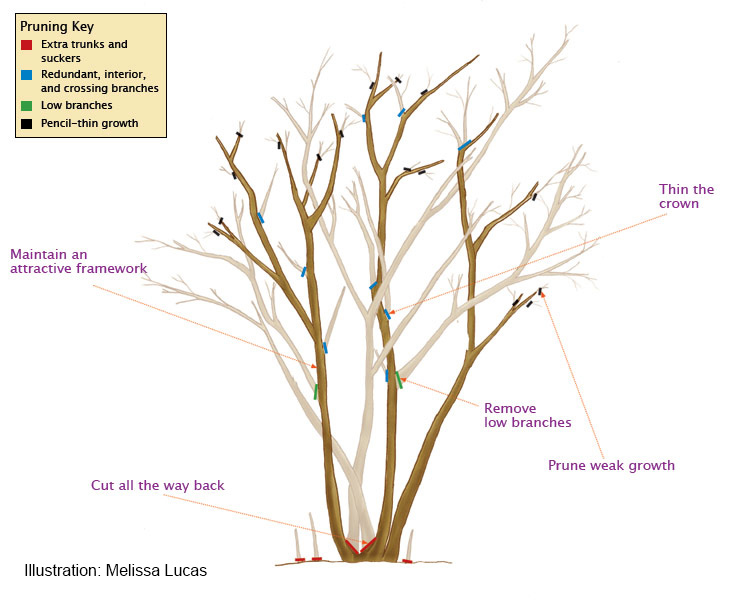 Crape myrtles generally require very little care. They do best in full sun and most are resistant to deer, drought, disease, mildew, and heat. However, to get the most out of your crape myrtle, you should plan on pruning it during the late winter when it is leafless. Remove branches in the following order (use the illustration as a guide):
Crape myrtles generally require very little care. They do best in full sun and most are resistant to deer, drought, disease, mildew, and heat. However, to get the most out of your crape myrtle, you should plan on pruning it during the late winter when it is leafless. Remove branches in the following order (use the illustration as a guide):
- Suckers coming up from the base and any unwanted trunks (red lines)
- Hint: Choose to keep an odd number of trunks (1, 3, 5, or at most 7) for a more aesthetic appeal
- All side branches growing towards the center, as well as crossing branches (blue lines)
- Remove low growing branches (green lines)
- This is optional and depends on whether you want your crape myrtle to look like a tree or a shrub
- Finally, prune back any branches or stems smaller than a pencil (black lines)



